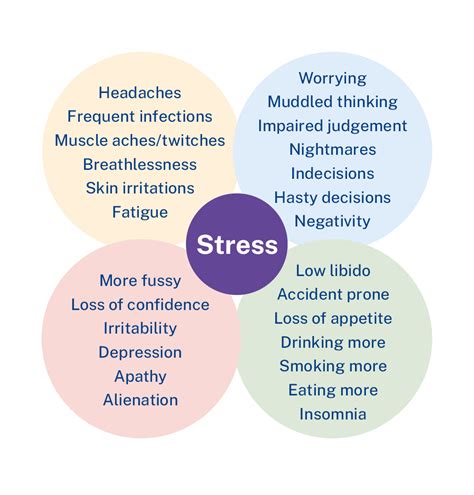How to optimize recovery for consistent peak performance and muscle growth?

Achieving consistent peak performance and fostering optimal muscle growth isn’t solely about how hard you train; it’s equally, if not more, about how effectively you recover. Recovery is where the magic happens – muscles repair, grow stronger, and your central nervous system recharges. Neglecting recovery is a sure-fire way to hit plateaus, increase injury risk, and experience burnout. This article will outline the multifaceted strategies essential for mastering recovery, ensuring you can push your limits and see continuous progress.
Sleep: The Foundation of All Recovery
Sleep is arguably the single most critical component of recovery. During deep sleep cycles, your body releases growth hormone, essential for muscle repair and growth. It also allows your central nervous system (CNS) to recuperate, which is vital for maintaining strength, power, and cognitive function during workouts. Aim for 7-9 hours of quality sleep per night.

To optimize your sleep, establish a consistent sleep schedule, even on weekends. Create a cool, dark, and quiet sleep environment. Limit screen time before bed, as the blue light can interfere with melatonin production. Consider relaxation techniques like meditation or a warm bath to wind down effectively.
Nutrition: Fueling Repair and Growth
What you eat directly impacts your body’s ability to recover and rebuild. Proper nutrition provides the necessary building blocks and energy for muscle repair, glycogen replenishment, and overall physiological function.
Protein Intake: Consume adequate protein (1.6-2.2g per kg of body weight) spread throughout the day, especially post-workout, to provide amino acids for muscle protein synthesis.
Carbohydrates: Replenish glycogen stores depleted during intense training. Include complex carbohydrates like whole grains, fruits, and vegetables.
Healthy Fats: Support hormone production and reduce inflammation. Sources include avocados, nuts, seeds, and olive oil.
Micronutrients: Don’t overlook vitamins and minerals, which play crucial roles in countless recovery processes. A varied diet rich in fruits and vegetables will ensure you get a broad spectrum.

Hydration: The Unsung Hero
Water is involved in almost every bodily function, including nutrient transport, waste removal, and joint lubrication. Dehydration can impair performance, slow recovery, and increase the risk of injury. Aim to drink plenty of water throughout the day, increasing intake during and after workouts.
Active Recovery and Mobility Work
While rest is crucial, complete inactivity can sometimes hinder recovery. Active recovery involves low-intensity exercise (e.g., light cycling, walking, swimming) that increases blood flow without adding stress. This helps remove metabolic waste products and deliver fresh nutrients to muscles.

Mobility work, such as stretching, foam rolling, and dynamic movements, can improve range of motion, reduce muscle soreness, and prevent stiffness. Incorporate a few minutes of mobility drills into your daily routine or post-workout cool-down.
Stress Management: Beyond the Gym
Chronic stress, whether physical (from training) or psychological (from life), can elevate cortisol levels, a hormone that can break down muscle tissue and impede recovery. Learning to manage stress is paramount.

Techniques like meditation, deep breathing exercises, spending time in nature, or engaging in hobbies can significantly lower stress levels. Recognizing the cumulative impact of all stressors on your body is key to avoiding overtraining and burnout.
Targeted Strategies and Listening to Your Body
Beyond the core principles, consider specific tools like cold therapy (ice baths) or heat therapy (sauna) if they aid your recovery. However, the most sophisticated tool is your own body. Pay attention to signs of overtraining, such as persistent fatigue, decreased performance, irritability, or disrupted sleep.

Tools like heart rate variability (HRV) trackers can offer objective insights into your body’s recovery status, but subjective feelings are equally important. Don’t be afraid to take an extra rest day or deload when needed. Consistent peak performance is a marathon, not a sprint, and intelligent recovery ensures you stay in the race.
Conclusion
Optimizing recovery is not a passive process; it’s an active, ongoing commitment that is as important as your training itself. By prioritizing quality sleep, dialing in your nutrition, staying hydrated, incorporating active recovery, and managing stress, you create an environment where your body can repair, adapt, and grow. Embrace recovery as an integral part of your fitness journey, and you’ll unlock consistent peak performance, accelerate muscle growth, and build a more resilient, healthier physique for the long term.







